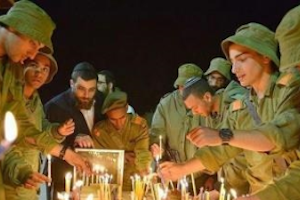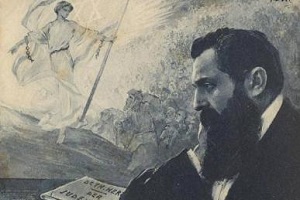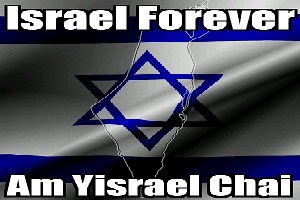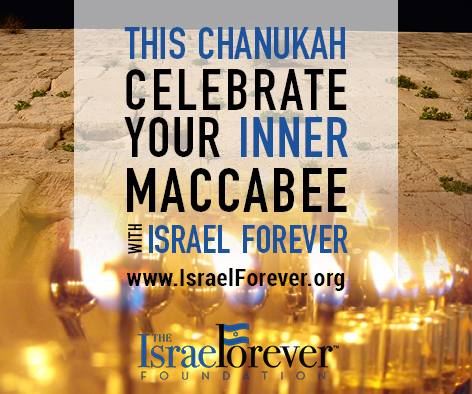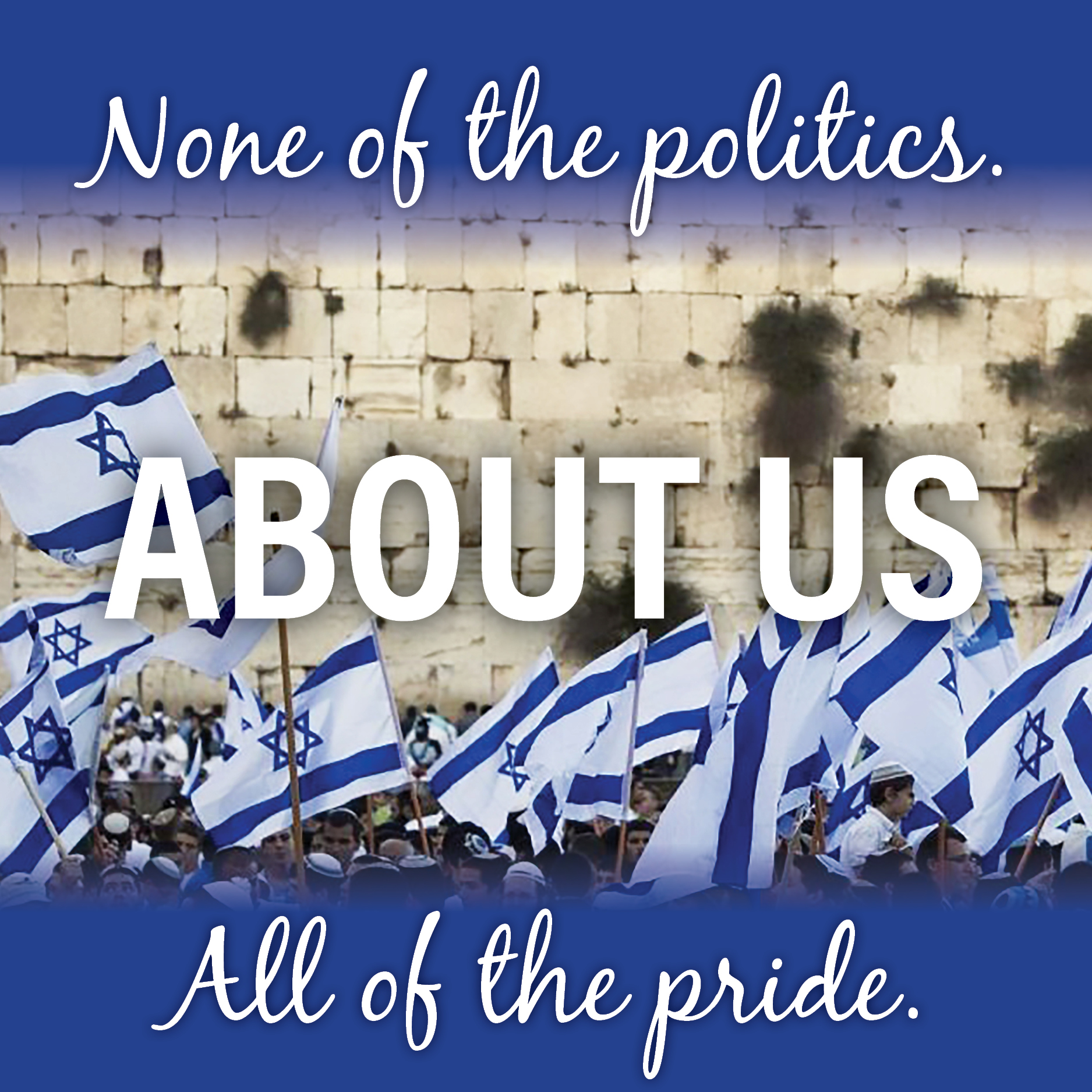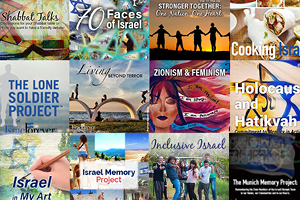Herzl's "Menorah": Finding Ourselves in the Light
By Theodore Herzl
ONCE THERE was a man who deep in his soul felt the need to be a Jew. His material circumstances were satisfactory enough. He was making an adequate living and was fortunate enough to have a vocation in which he could create according to the impulses of his heart.
You see, he was an artist. He had long ceased to trouble his head about his Jewish origin or about the faith of his fathers, when the age-old hatred re-asserted itself under a fashionable slogan. Like many others, our man, too, believed that this movement would soon subside. But instead of getting better, it got worse.
Although he was not personally affected by them, the attacks pained him anew each time. Gradually his soul became one bleeding wound.
This secret psychic torment had the effect of steering him to its source, namely, his Jewishness, with the result that he experienced a change that he might never have in better days because he had become so alienated: He began to love Judaism with great fervor.
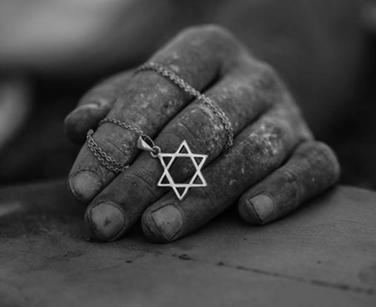
Copyright © Gil Kovalchuk
At first he did not fully acknowledge this mysterious affection, but finally it grew so powerful that his vague feelings crystallized into a clear idea to which he gave voice: The thought that there was only one way out of this Jewish suffering — namely, to return to Judaism.
When his best friends, whose situation was similar to his, found out about this, they shook their heads and thought that he had gone out of his mind.
How could something that only meant an intensification and deepening of the malady be a remedy? He, on the other hand, thought that the moral distress of modern Jews was so acute because they had lost the spiritual counterpoise which our strong forefathers had possessed.
People ridiculed him behind his back, some even laughed right in his face. But he did not let the silly remarks of people whose judgment he had never before had occasion to value throw him off his course, and he bore their malicious or good-natured jests with equanimity. And since his behavior otherwise was not irrational, people in time left him to his whim, although some used a stronger term, idee fixe, to describe it.
In his patient way our man over and over again displayed the courage of his conviction. There were a number of changes which he himself found hard to accept, although he was stubborn enough not to let on. As a man and an artist of modern sensibilities, he was deeply rooted in many non-Jewish customs, and he had absorbed ineradicable elements from the cultures of the nations among which his intellectual pursuits had taken him.
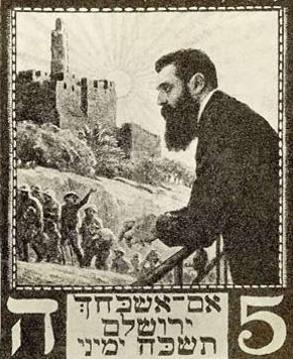
How was this to be reconciled with his return to Judaism? This gave rise to many doubts in his own mind about the soundness of his guiding idea, his idee maitresse, as a French thinker has called it. Perhaps the generation that had grown up under the influence of other cultures was no longer capable of that return which he had discovered as the solution. But the next generation, provided it were given the right guidance early enough, would be able to do so. He therefore tried to make sure that his own children, at least, would be shown the right way. He was going to give them a Jewish education from the very beginning.
In previous years he had let the festival which for centuries had illuminated the marvel of the Maccabees with the glow of candles pass by unobserved. Now, however, he used it as an occasion to provide his children with a beautiful memory for the future. An attachment to the ancient nation was to be instilled early in these young souls. A Menorah was acquired, and when he held this nine-branched candelabrum in his hands for the first time, a strange mood came over him. In his remote youth, in his father’s house, such little lights had burned and there was something intimate and homelike about the holiday. This tradition did not seem chill or dead. The custom of kindling one light with another had been passed on through the ages.
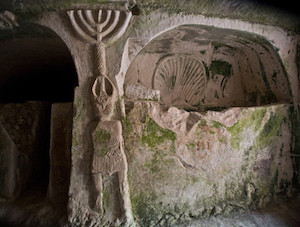
The ancient form of the Menorah also gave him food for thought. When had the primitive structure of this candelabrum first been devised? Obviously, its form had originally been derived from that of a tree: The sturdy stem in the center; four branches to the right and four to the left, each below the other, each pair on the same level, yet all reaching the same height. A later symbolism added a ninth, shorter branch which was called the shamash or servant.
With what mystery had this simple artistic form, taken from nature, been endowed by successive generations? And our friend, who was, after all, an artist, wondered whether it would not be possible to infuse new life into the rigid form of the Menorah, to water its roots like those of a tree. The very sound of the name, which he now pronounced in front of his children every evening, gave him pleasure. It sound was especially lovely when it came from the mouth of a child.
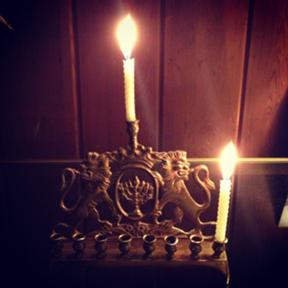
Photo courtesy of Beth Linas, Chanukiah from 1920s
The first candle was lit and the origin of the holiday was retold: the miracle of the little lamp which had burned so much longer than expected, as well as the story of the return from the Babylonian exile, of the Second Temple, of the Maccabees. Our friend told his children all he knew. It was not much but for them it was enough.
When the second candle was lit, they repeated what he had told them, and although they had learned it all from him, it seemed to him quite new and beautiful. In the days that followed he could hardly wait for the evenings, which became ever brighter.
Candle after candle was lit in the Menorah, and together with his children the father mused upon the little lights. At length his reveries became more than he could or would tell them, for his dreams would have been beyond their understanding.
When he had resolved to return to the ancient fold and openly acknowledge his return, he had only intended to do what he considered honorable and sensible. But he had never dreamed that on his way back home he would also find gratification for his longing for beauty. Yet what befell him was nothing less. The Menorah with its growing brilliance was indeed a thing of beauty, and inspired lofty thoughts.

Artistic representation, courtesy of Nelles, etsy.com
So he set to work and with an expert hand sketched a design for a Menorah which to present to his children the following year. He made a free adaption of the motif of the eight arms of equal height which projected from the central stem to the right and to the left, each pair on the same level. He did not consider himself bound by the rigid traditional form, but created again directly from nature, unconcerned with other interpretations which, of course, continued to be no less valid on that account. What he was aiming for was vibrant beauty. But even as he brought new motion into the rigid forms, he still observed their tradition, the refined old style of their arrangement. It was a tree with slender branches; its ends opened up like calyxes, and it was these calyxes that were to hold the candles.
With such thoughtful occupation the week passed. There came the eighth day, on which the entire row of lights is kindled, including the faithful ninth candle, the shamash, which otherwise serves only to light the others.
A great radiance shone forth from the Menorah. The eyes of the children sparkled. For our friend, the occasion became a parable for the enkindling of a whole nation. First one candle; it is still dark and the solitary light looks gloomy. Then it finds a companion, then another, and yet another. The darkness must retreat. The young and the poor are the first to see the light; then the others join in, all those who love justice, truth, liberty, progress, humanity and beauty. When all the candles are ablaze everyone must stop in amazement and rejoice at what has been wrought. And no office is more blessed than that of a servant of light.
Theodor Herzl, “The Menorah,” Originally published in Die welt, December 31, 1897.

